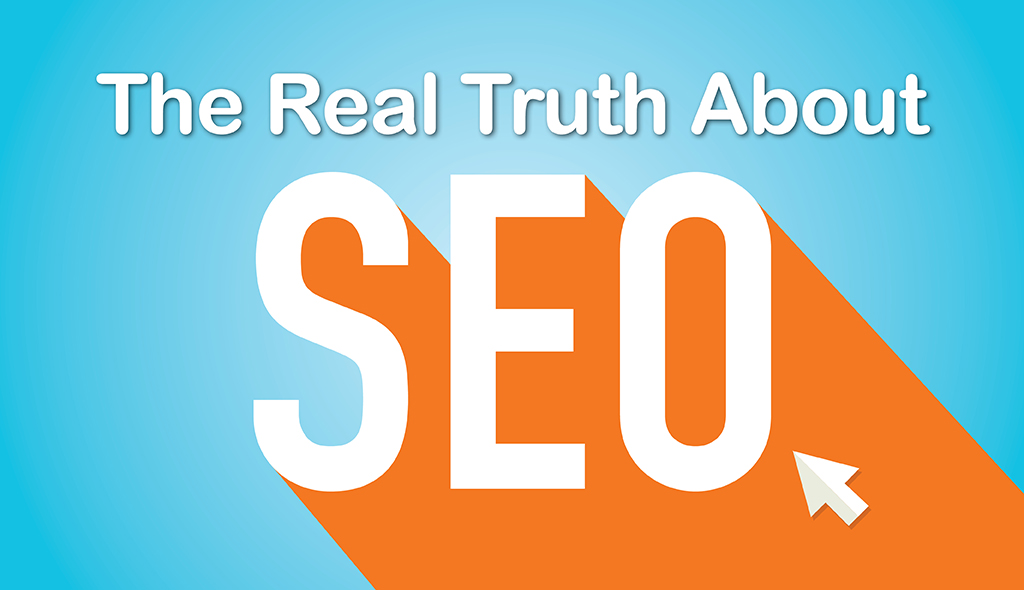 As of May 2016, Google is actively processing an average of 40,000 search queries per second, translating over 3.5 billion searches per day and 1.2 trillion searches per year worldwide. Think about it. That is 3.5 billion times per day people are searching for any particular topic and over 3.5 billion page results delivered.
As of May 2016, Google is actively processing an average of 40,000 search queries per second, translating over 3.5 billion searches per day and 1.2 trillion searches per year worldwide. Think about it. That is 3.5 billion times per day people are searching for any particular topic and over 3.5 billion page results delivered.
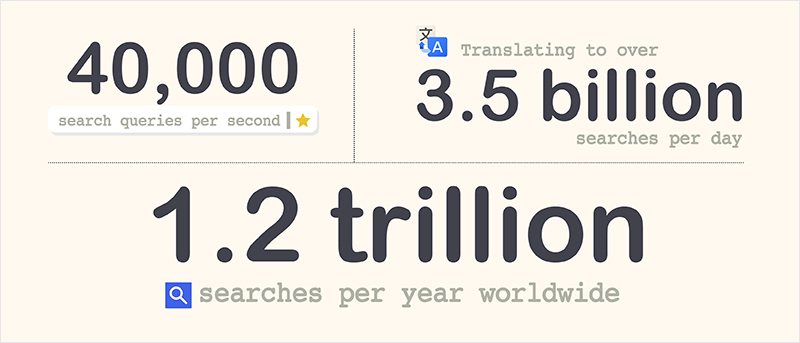 Top placement on search engines (these days, this pretty much means Google) is the most sought after and often valuable means of exposure for websites.
Top placement on search engines (these days, this pretty much means Google) is the most sought after and often valuable means of exposure for websites.
It’s no wonder it has prompted a multi-billion dollar industry called SEO (short for Search Engine Optimization) designed specifically for positioning websites at the top of search results. And any time there is a huge demand for a commodity (or, in this case, a virtual one), there are also many snake oil salesmen who promise extraordinary results based on myths.
The Big Elephant in the Room
The SEO industry is a niche made up of individuals, freelancers and thousands of agencies dedicated to helping businesses overcome the challenges of improving their placement on search results.
But beneath the veil of a legitimate industry lies a world unknown to most. Although it is recognized by industry insiders, SEO companies do not talk openly about it with the public. This practice of over promising and under delivering is costing tens of thousands of businesses millions of dollars in ongoing fees. In some cases, it is even costing millions of dollars in losses due to lower rankings, rather than higher ones.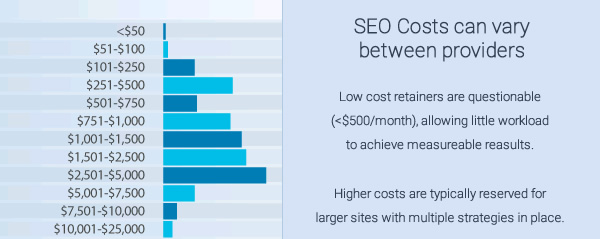 Don’t get me wrong. The point of this article is not to dissuade you from hiring professionals to help you with your search engine optimization needs or push you to use our service or any other. I write this so that you, as a business or website owner, may be properly informed of the facts and myths surrounding SEO. This, in turn, will help you make the best possible decision, whether that entails doing it on your own or hiring experts to create an SEO strategy for you.
Don’t get me wrong. The point of this article is not to dissuade you from hiring professionals to help you with your search engine optimization needs or push you to use our service or any other. I write this so that you, as a business or website owner, may be properly informed of the facts and myths surrounding SEO. This, in turn, will help you make the best possible decision, whether that entails doing it on your own or hiring experts to create an SEO strategy for you.
Even if you have little to no knowledge of SEO, this article will help you understand its most important aspects in layman’s terms.
A Quick Look Back
I started HindSite Interactive over 15 years ago, and in that time, my team and I have developed hundreds of custom websites and worked with all types of businesses. Over the years, you learn a few things about search engine optimization, including the struggles many businesses face, as well as the results that are possible and those that are not. Consider this article a confession with a bird’s eye view of SEO; I’ve pretty much seen it all first hand, and I want to share with you what I’ve learned through my own past mistakes.
Although offering SEO as a core service would have extended the growth of the agency, I decided long ago to provide it only as an additional service to a few well-informed clients who wanted us to improve their online presence, with SEO being just one piece of the puzzle. The reason for this is that a long-term SEO strategy, beyond the initial setup and the application of standard optimization techniques within the site, can be costly and most companies cannot afford it.
Common SEO Myths
There are many half-truths and misconceptions surrounding SEO, but there are a few that stand out from my point of view.
Guaranteed Top Placement on Search Engines
This is such a cliche statement. If you hear this from a provider, run the other way. I’ve seen it used by agencies, both large and small. There are parts that are true, but, as with any bold claim, there is a catch. You see, when you cast a wide net, you’re bound to catch something.
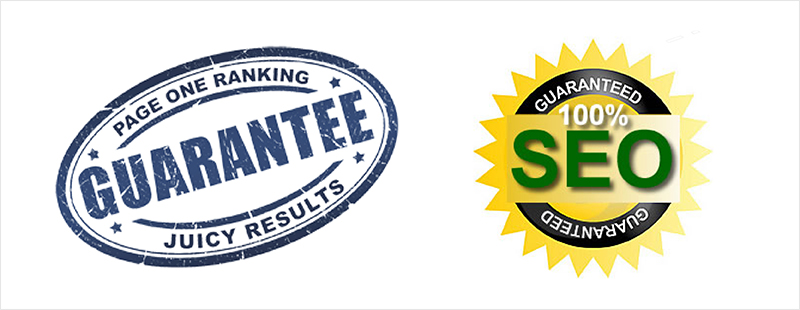 For example, would you be perfectly happy if your website appears on page 1 of Google when users search for your company name? Even if for most other keywords, you don’t appear at the top of the rankings? Of course, you would not be fully satisfied because you already expect to place at the top of rankings when searching for your company name.
For example, would you be perfectly happy if your website appears on page 1 of Google when users search for your company name? Even if for most other keywords, you don’t appear at the top of the rankings? Of course, you would not be fully satisfied because you already expect to place at the top of rankings when searching for your company name.
Although the SEO professionals making this claim have theoretically achieved their minimum goal, we both know that this is not what you expected out of the deal.
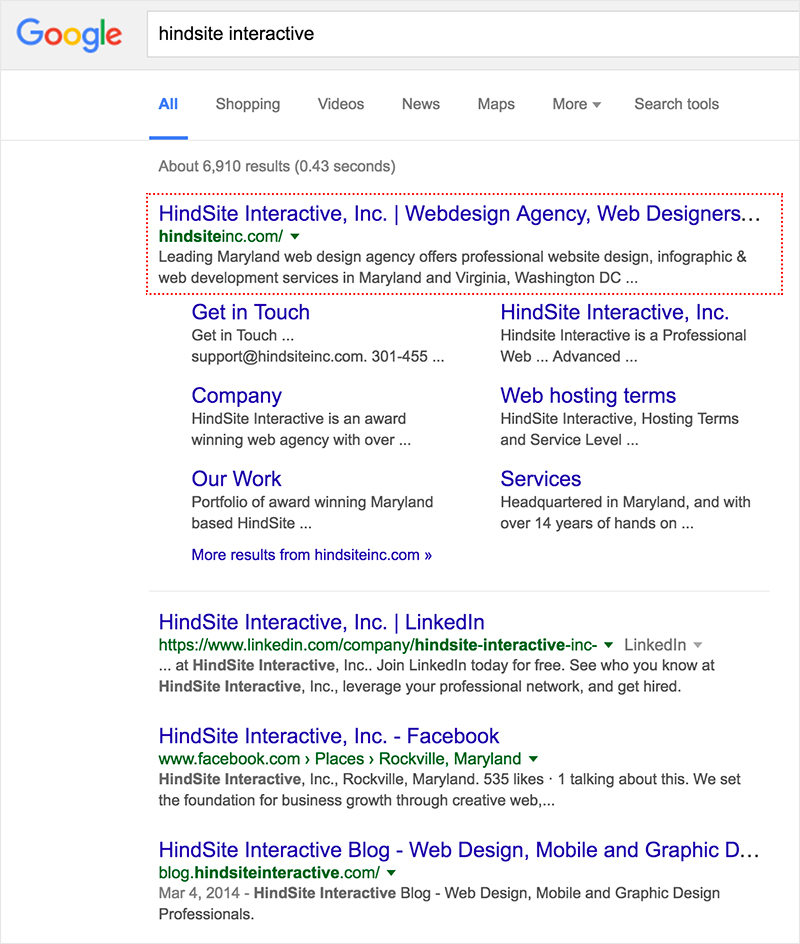 Keywords with a high volume of traffic are sought after by many other websites and competitors. Therefore, they are much more challenging to place for in comparison with your company name.
Keywords with a high volume of traffic are sought after by many other websites and competitors. Therefore, they are much more challenging to place for in comparison with your company name.
There Is No Such Thing as Free Traffic
There are two primary ways people can find you on Google:
A. Traffic through Google AdWords:
Choose the keywords that your are willing to pay for (e.g.: $1 per click) and set a budget (e.g.: $25/day). This would virtually guarantee you approximately 25 visits from Google.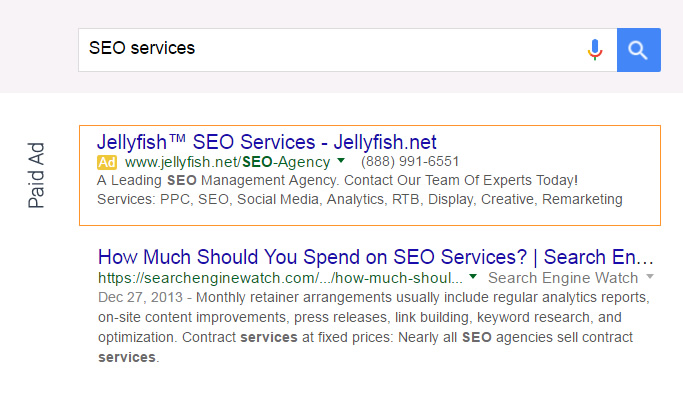 B. Traffic through organic results:
B. Traffic through organic results:
On the surface, this is free traffic. For specific search terms, your website shows up on SERP (search engine results page) and users click to visit your website. Technically, it’s free, but is it really? If the placement is achieved through little to no effort, then it deserves the label free. But a significant amount of organic traffic (thousands of views vs. a few hundred a month) is a result of a content or SEO strategy that helped to position your site higher in the rankings. For some, this translates into many hours of work and/or hundreds–if not thousands–of dollars in SEO services.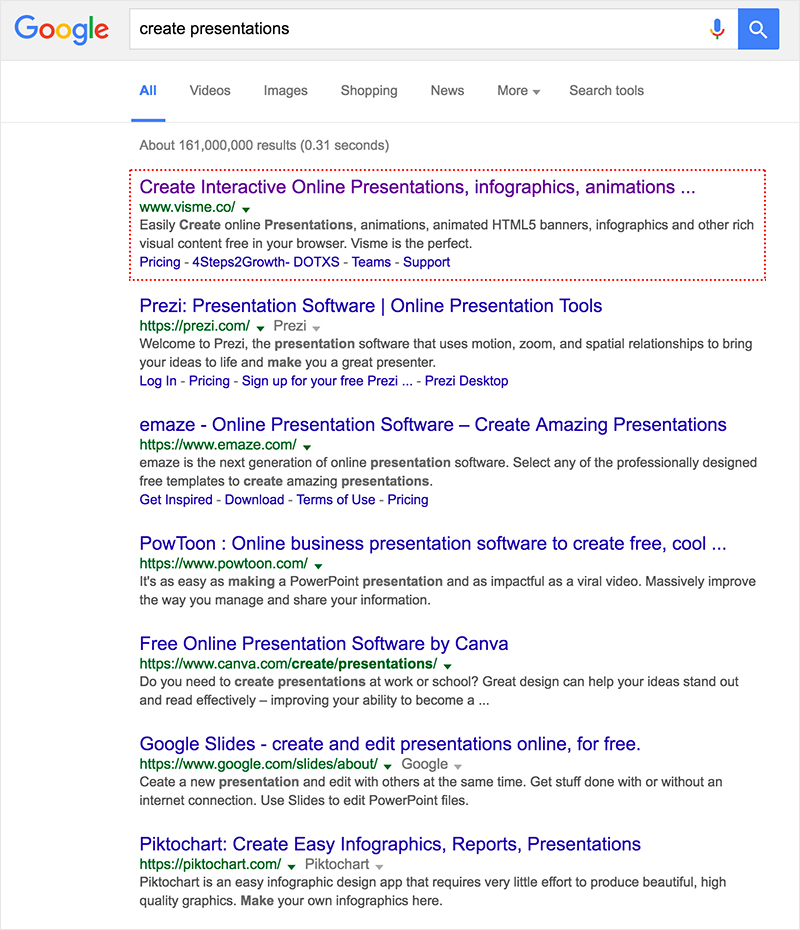
Search Optimization Techniques
There are numerous books and blogs on SEO, so by no means is this a detailed list of dos and don’ts. To a SEO specialist, the following list may seem elementary, and that is perfectly okay. Unless you’re dealing with very unique cases or a complex web presence that has achieved good placement but needs to further improve positioning, this overview will cover basic, proven principles that make up the foundation of search engine optimization.
Meta Tags and Site Structure
Meta tags are snippets of text that describe a page’s content. They don’t physically appear on the page itself but in the page code. Specifically, I’m referring to the title, description and keyword tags. Here’s what google sees when it indexes a web page with Meta tags (which don’t otherwise show to the regular visitor viewing the page itself)

Let’s use this page you’re reading now as an example:
Title: The Real Truth About Search Engine Optimization
Description: Everything you should know about SEO before hiring an agency. The bare-bone facts and myths and what you should expect from search engine optimization.
Keywords: None
The title tag is kept short and to the point because most search engines don’t read beyond 70 or so characters. It contains one to two of the most relevant keywords specific to this page.
The description tag is, as its name suggests, more descriptive. It is meant to provide a brief overview of the page so that users can quickly skim search results and decide which pages they want to visit or skip. Search engines typically don’t index anything beyond 170 characters.
The keyword tag, as you can see, is not used here. Why? For years, Google has pretty much stopped paying attention to your keywords. It used to be an important factor in improving search rankings back in the day, but due to the abuse of keyword tags, Google and others decided to concentrate more on content than on meta keywords.
It is still used but mostly for search within a site through an internal search engine.
A few meta tag tips: Use one to two of your most important keywords in your page title, and use them again in your description. Make sure it is a reflection of what your page is about (Write it for a human, not for a robot).

Quality Content Still Holds the Throne
There used to be a saying in the SEO world: “Content is king.” Well, it is still true and probably always will be. It attests to the fact that search engines care greatly about the content of your page, and, frankly, that’s how it should be. I like to think it is no different than the saying “Don’t judge a book by its cover.” where you want to make your final assessment on the substance of the book, not on the pretty colorful cover that got your attention in the first place. 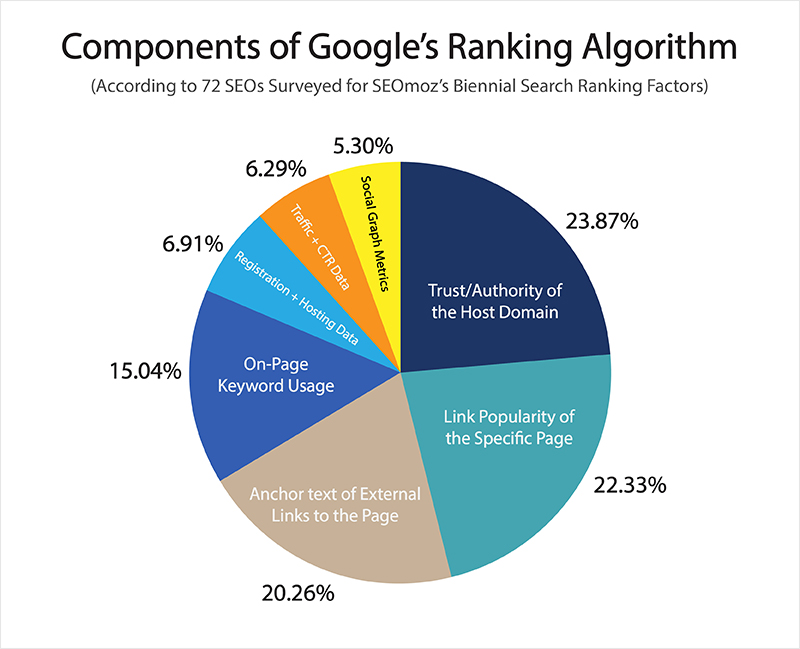 At the end of the day, the content is the true substance of a page. The page’s title and design may catch the viewer’s attention, but the actual content is what users will connect with and convince them to stick around.
At the end of the day, the content is the true substance of a page. The page’s title and design may catch the viewer’s attention, but the actual content is what users will connect with and convince them to stick around.
If you’re still reading this article, it’s because the title drew you in and the rest of the content is at least informative enough that you’re still reading it. This is why I noted earlier that your description should be a reflection of your content. Otherwise, the reader will lose trust early on and leave the page without having connected with the content. And when they leave, I assure you they will often not come back.
This section deserves its very own post but for the sake of giving you an overview, let me emphasize that you should keep your content easy to read and relevant. Write your content for the reader, but, at the same time, try to incorporate these tips to help improve placement on search results:
- Select four to five of the most relevant keywords and short phrases that you want to place for on search results.
- Ensure you use a few of those keywords in your page header(s).
- Also, use the keywords in the first paragraph of your page.
- Lastly, ensure the content reads well (Write for a human, not for a robot).
This will help Google make a connection between your page title, description and content. Applied together, these techniques will naturally improve your search engine optimization at the page level.
Now that we got the least time consuming steps out of the way, let’s move onto the others:
Inbound Marketing
Inbound marketing refers to marketing activities that bring visitors in, rather than marketers having to go out to get prospects’ attention. It can be very effective when done right but also quite time consuming, and results can take weeks if not months to take effect.
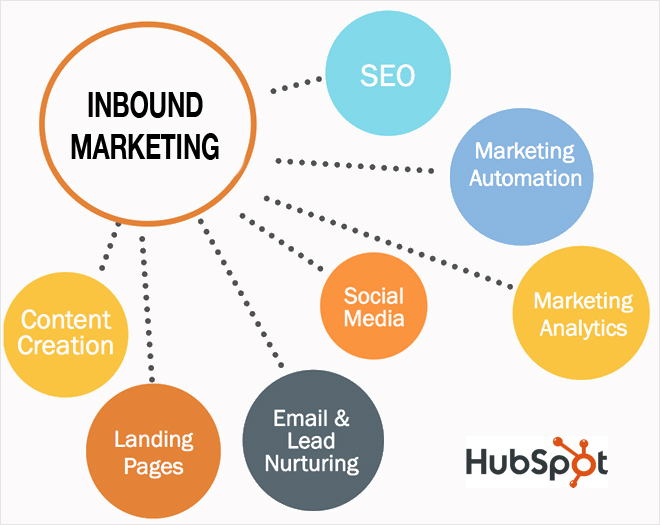 This marketing method is comprised of a few different techniques and requires more than one type of expertise. Most agencies that provide inbound marketing services employ copywriters, data analysts and marketing managers. So, if you ever plan on doing it yourself, in-house, be prepared to wear a lot of hats or to hire a small team. This is why so many companies employ agencies to do at least a good portion of the work for them.
This marketing method is comprised of a few different techniques and requires more than one type of expertise. Most agencies that provide inbound marketing services employ copywriters, data analysts and marketing managers. So, if you ever plan on doing it yourself, in-house, be prepared to wear a lot of hats or to hire a small team. This is why so many companies employ agencies to do at least a good portion of the work for them.
In a nutshell, inbound marketing allows a business/brand to connect with potential customers through online materials and experiences they find useful. For example, this can include blog posts and social networking. It doesn’t really entail advertising such as banners and the like. However, it can include sponsoring content to drive more traffic to it, which should inform and/or entertain viewers but also indirectly provide insights into a service or brand. If done right, this process will take visitors down the sales funnel by turning them into leads and potential customers.
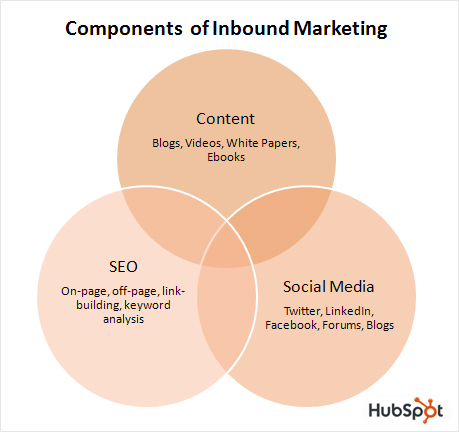 Inbound marketing (as well as outbound) rely heavily on trial and error. It’s a game of taking a few steps forward and, at times, a step or two back since you can’t always accurately predict what content or strategy will work better than others. Therefore, strategizing around data points such as how much traffic or engagement one strategy produces over another can allow you to make modifications to improve results. In essence, it requires taking a specific action, rinsing and repeating until you achieve the desired outcome and then consistently following through.
Inbound marketing (as well as outbound) rely heavily on trial and error. It’s a game of taking a few steps forward and, at times, a step or two back since you can’t always accurately predict what content or strategy will work better than others. Therefore, strategizing around data points such as how much traffic or engagement one strategy produces over another can allow you to make modifications to improve results. In essence, it requires taking a specific action, rinsing and repeating until you achieve the desired outcome and then consistently following through.
Outbound Marketing
Outbound marketing is pretty much the opposite of inbound marketing: Potential customers find you. This happens mostly through paid marketing efforts such as banners and video ads, as well as search engine marketing, which includes using Google AdWords to drive pay-per-click traffic to your website.
In this case, you make your ads visible to a specific target audience to drive direct traffic to your website. The results (in traffic and/or leads) are visible quickly as you can set up a paid ad campaign through Google AdWords in a matter of minutes to drive targeted traffic to your website that very same day.
I would never recommend relying solely on paid ads but, instead, incorporating it as a part of your overall awareness strategy. For example, if you are just starting a campaign and recognize that inbound and content marketing efforts can take weeks–if not months–to show fruits, outbound marketing can help drive targeted traffic quickly while you are working on long-term efforts.
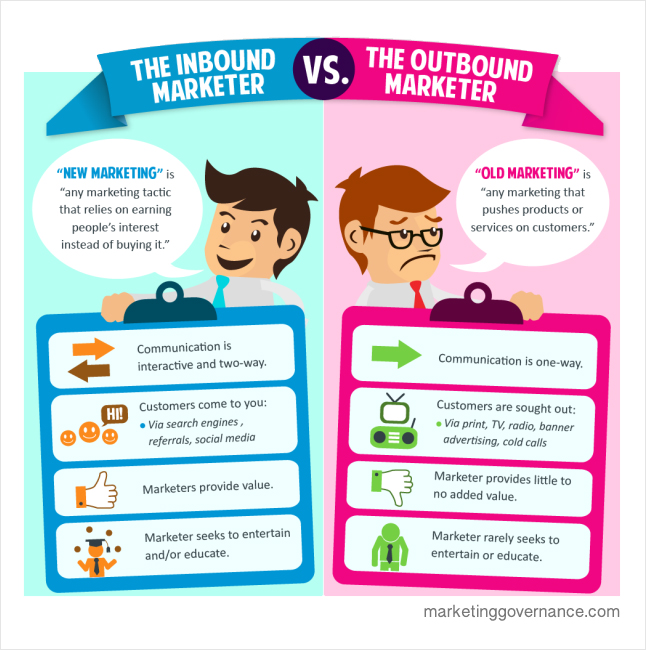 Also, outbound marketing can drive results for a limited amount of time. Ask yourself, “how big of a budget can I constantly dedicate to advertising efforts?” Eventually, you’ll reach a point where you cannot dedicate more funds to your advertising budget and, therefore, the results will plateau.
Also, outbound marketing can drive results for a limited amount of time. Ask yourself, “how big of a budget can I constantly dedicate to advertising efforts?” Eventually, you’ll reach a point where you cannot dedicate more funds to your advertising budget and, therefore, the results will plateau.
However, we’ve seen a good ROI (return on investment) in cases where outbound marketing is used to fill the gaps left by efforts that cannot bear fruit (or are in the process of doing so).
For example, if you’ve reached satisfactory organic placement on Google for some keywords but are lagging for others, you could place ads for the lagging key phrases.
Content Marketing
Content marketing is an integral part of inbound marketing. It’s a strategic approach that focuses on creating and distributing relevant content on a specific set of topic(s) for a defined audience. It strives to inform, entertain and, last but not least, engage the audience in order to generate leads and potential customers. To effectively do content marketing, you have to provide valuable information that is not viewed as an advertisement but as something useful that readers will appreciate.
I used to be a non-believer of content marketing some years ago. My thought process was: “Why in the world should a business spend so much effort writing content and dedicate so much time to raising awareness of that content if it has but a small, indirect mention of the business or a link to the site? Wouldn’t most people just read the substance of the article? If so, why wouldn’t you just launch an AdWords campaign in a few minutes and measure every click and engagement starting from today?”
I myself have made this mistake in the past and continue to see others do the same. They spend large amounts of their revenue on paid ads and hire SEM managers, but they dedicate zero resources to content marketing. Dollar for dollar, content marketing done right can generate more ROI than outbound marketing. At the same time, I believe taking advantage of both can maximize results for your brand.
Also, one of the reasons content marketing is so effective is that it will literally shoot two birds with one stone: You write content that will engage your prospective audience and drive targeted traffic from external sources (it can be shared with your email list, social channels and related groups and forums) and it’s content that will, as a side effect, increase the page ranking and popularity of your website, in turn improving your SEO.
A little note of caution:
Content marketing is not going to work if you hire a bunch of writers and tell them to write a ton of articles and publish them on your blog. It’s about quality first and then quantity. Blogs like JeffBullas or HubSpot, or Visme’s Visual Learning Center among others, publish quality content and have established themselves as leaders in their field, generating thousands of visitors per day to their blogs.
To be effective at content marketing (or inbound marketing as a whole), you should apply this formula:
(Quality + Strategy + Timing) x Quantity = Success
Where Quality refers to the application of acceptable techniques that should not get your website penalized by search engines.
Strategy refers to the process of planning and creating your content and raising awareness of it.
Timing refers to the times when you publish your content. Writing about the NBA playoffs during off-season is naturally not going to have the same effect as writing it during playoff season.
And if you have all of the above down, multiply it to increase your results.
Do this and do it well and you will produce measurable results.
Analytics
I believe analytics is one of the most important tools in your marketing arsenal. Rather than go on a hunch, base your decisions on data. Improving search results is a game of do, rinse and repeat. By analyzing which tactics are generating the most results, you can make smart decisions and plan your next steps.
The most popular of all analytics tools is Google Analytics (it’s significantly better than its former version, called “Urchin,” which Google acquired over a decade ago). It’s free and is quite simple to set up and install. If you don’t have Analytics installed on your website, it’s a must. I highly recommend you have it installed right away as you can only start tracking data from the day you install it.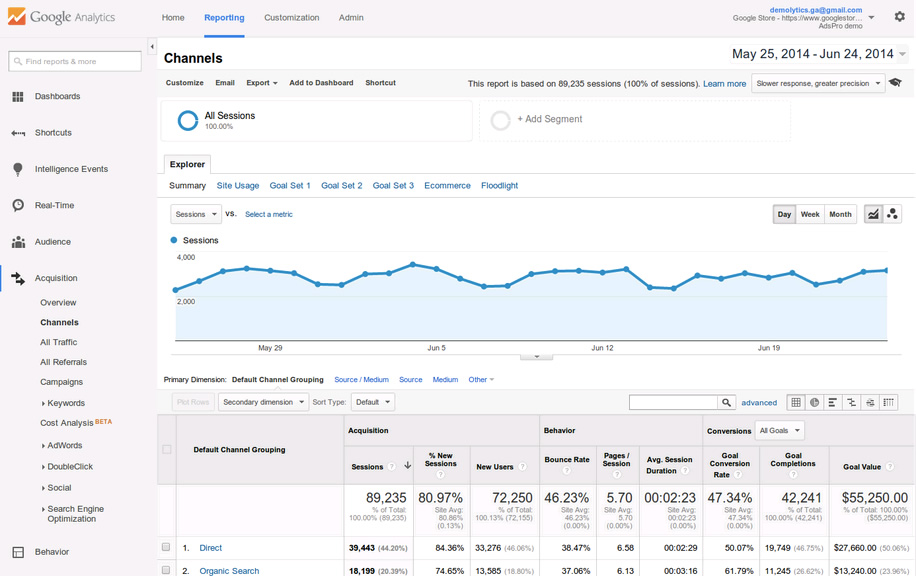
Link Building
In the field of search engine optimization (SEO), building links is a strategy that is used to increase search engine rankings for a specific web page or website. Although link building is quite an effective approach, it has been abused so much that Google dedicated a ton of resources to refining its search algorithm and creating methods to detect abuse and heavily penalize those who were not playing by the rules.
There isn’t a week that goes by that we don’t get a call from offshore companies (for us 90% of the time, they’re from India) guaranteeing top search engine results. If you dig a tad deeper, you’ll notice that one of their biggest strategies is mass link building, and we know of multiple clients who receive similar calls.
Don’t waste your time with these offers as Google’s rules penalize almost every tactic used in these link-building strategies. What Google wants to see is a natural mention of websites and links to them by external websites. The more relevant links you have, the more popular your site must be, which, in the eyes of Google, deserves higher rankings on search results.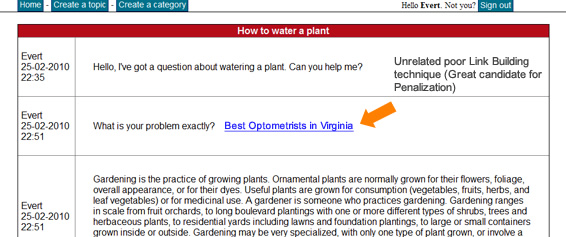 To help newcomers to SEO understand this, I like to compare the process to a popularity contest in high school.
To help newcomers to SEO understand this, I like to compare the process to a popularity contest in high school.
The more popular a teenager is in high school, the more friends, recognition and invitations to exclusive parties he/she will have. In the online world, if you’re popular among your peers, you get more recognition and invitations to exclusive circles.
Takeaways
Forget SEO. Just Raise Online Awareness.

What the heck do I mean? All this time I’ve been talking about real techniques and now I’m contradicting myself by telling you to NOT do SEO? Yes, that’s exactly what I mean, at least when it comes to doing offsite optimization.
For a moment, put yourself in Google’s shoes. Its goal is to deliver the most relevant results to search queries in order to meet the expectations of its users. Would you, as a user, want to see results that are not relevant to what you are searching for? Or would you rather be presented with the most relevant results? This is why Google is the number 1 search engine and why a number of other search engines have been pushed to the sidelines.
What determines relevant results? The quality of the content and how popular it is across the web. If you concentrate on the quality of your content and raising awareness on social media, content-sharing sites and other blogs, this will eventually lead Google to consider your content as more relevant and popular than competing pages. This will, over time, boost your positioning.
So, in essence, think of SEO as a side effect of executing your online awareness strategy.
In partnership with the online marketer Barry Feldman, we recently created this neat infographic on SEO, which was published on the Content Marketing Institute. Created with the presentation and infographic tool Visme, it gives you a quick checklist of must-dos for improving your blog content. Similar principles can be applied to your website.
 So there you have it. There is no secret to SEO. It’s a combination of somewhat simple techniques that when learned and applied effectively and consistently will, over time, bring value to your online presence. Do you have questions on this post or want to discuss your website presence? Post a comment or Contact us, and let’s talk.
So there you have it. There is no secret to SEO. It’s a combination of somewhat simple techniques that when learned and applied effectively and consistently will, over time, bring value to your online presence. Do you have questions on this post or want to discuss your website presence? Post a comment or Contact us, and let’s talk.

really nice and interactive post. Thanks for sharing with us. keep up the great work.